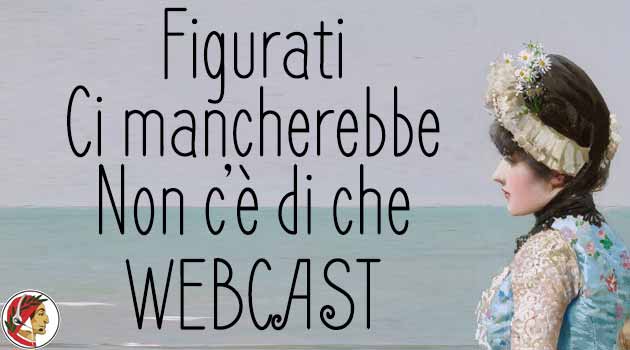In Italian, when someone says grazie, you should say prego.
That’s fine, but there are other ways to to say “you are welcome”.
WEBCAST
The easiest way to say thank you in Italian is grazie, and prego is you are welcome. We all know that. If you want to express your gratitude, regardless of the social position of the person you’re talking to or situation, grazie and prego are enough.
However, if you are learning Italian, you should know other ways to say “thank you” and “you are welcome” because people in Italy use the expressions we are going to see in this post.
We can start with ti ringrazio (= io ringrazio te) and the formal la ringrazio (= io ringrazio Lei) as “thank you so much.”. We can use this structure with different subjects: vi ringrazio, vi ringraziamo, (lui / lei) ti ringrazia and so on.
Less common and rather obsolete is grazie di cuore.
- grazie, grazie mille
- ti ringrazio, la ringrazio
- (io) vi ringrazio, (noi) vi ringraziamo … (lui / lei) ti ringrazia etc.
- grazie di cuore
Alternatives to your are welcome in Italian are the following:
- figurati, si figuri (or “si immagini”)
- ci mancherebbe
- non c’è di che
- non c’è problema
- nessun disturbo




Me piace cuesto (scuse si me meta parole Spanolo) Meliore una giornata di leone che cento anni di pecora…Ansome of us might recall who said that..
Meglio un giorno da leone che cento da pecora. Ciao.